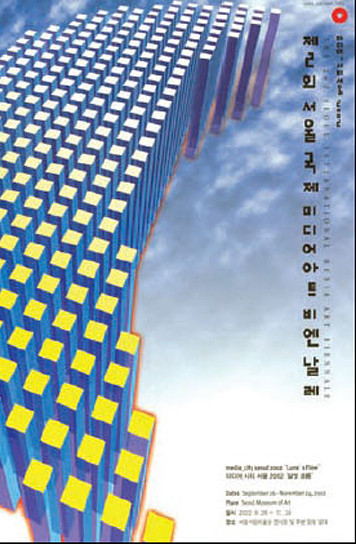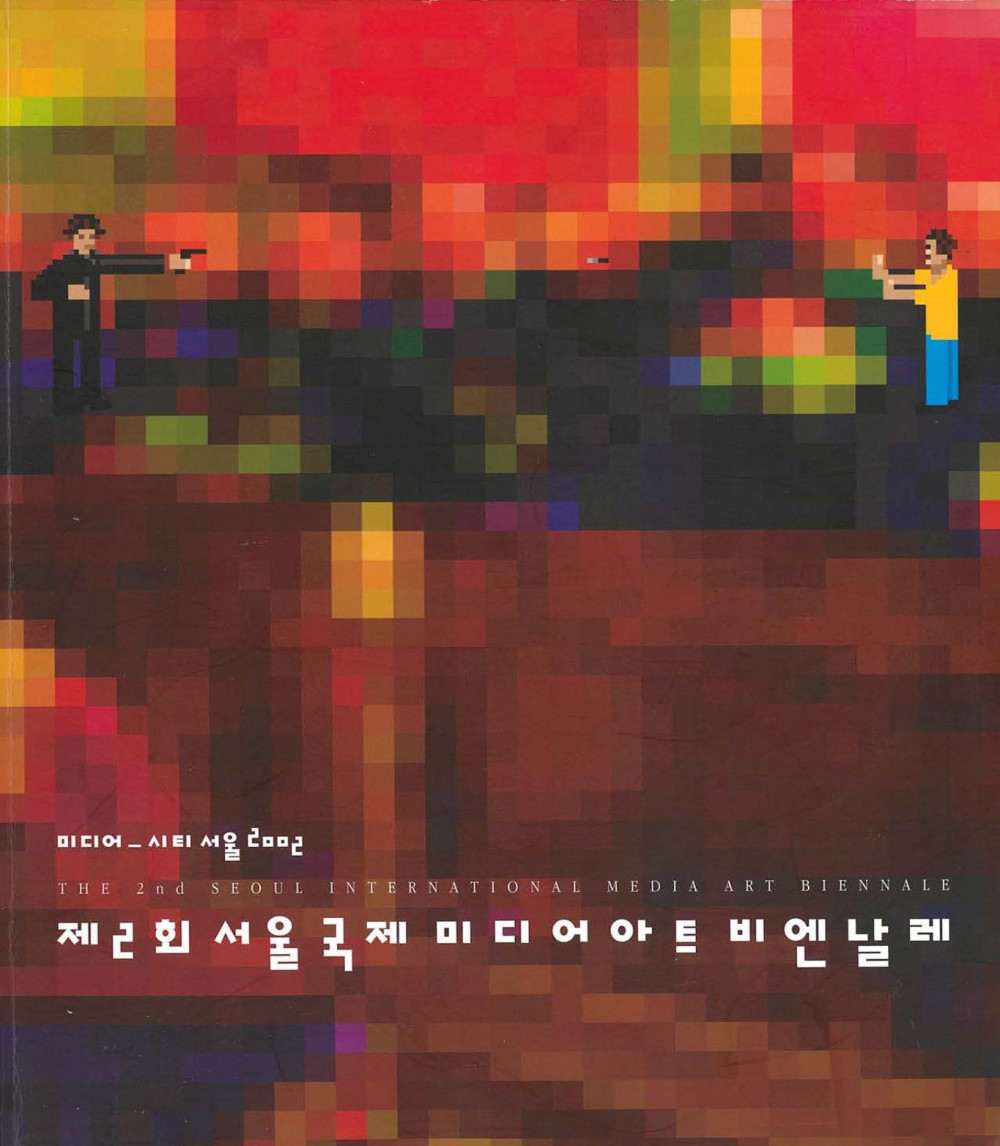Shin Kyung-Chul’s works show us a landscape of our memories that is leaving, or has already left us and will never return even in our dreams. He hopes we can fully enjoy in his works the delightful journey to the loving memories of our young days.
White Landscape is an image of the traditional Korean changhomun (window-door) covered with Korean mulberry paper. The changhomun is both a door and a window, and almost all houses in Korea, from one-room huts of poor families to luxurious mansions of wealthy people, once had such openings that linked a small room with the large world outside. Some families put a sheet of small glass onto a corner of the changhomun, thus creating a tiny glass window within the larger window-door through which they measured the size and distance of the outside world as well as the depth of their inner world.
This white landscape is an illusion the artist saw through the changhomun when he was young. That glimmering mulberry paper pasted on the window-door becomes an image of harmony and unity because the paper helps people’s words flow easily between both sides of a room. The paper is also an excellent medium that exchanges forms between the inside and outside of a room in a most appropriate way. There was a time when people felt more comfortable under natural light than artificial, and when light and sound flowing through the window-door exerted a significant influence upon the emotions of Korean people. They could see, even from inside the room, the moonlight of the dawn and the snow of a winter forest thanks to the changhomun’s ability to communicate natural light and sound between the inside and outside of a room. Shin’s work successfully has us look back on, and yearn for, the good old days.
— From the essay of Jin Dong-Sun, a photography critic, in the art book published for the 6th Shin Kyung-Chul Solo Exhibition

